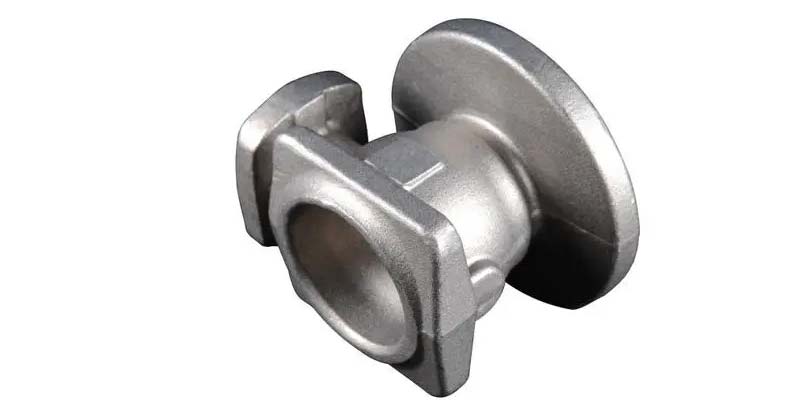- Contact Innally, Let you purchase forgings in China more favorable prices, products more assured!
- Hotline:+(86)15038323776 Email:innally@innally.com
What are the basic types and uses of fasteners?
- Category: Rigging and fasteners, Steel forgings
- |
- Date: 25/09/2023
the basic types and uses of fasteners vary, but they play a vital role in the manufacture and maintenance of mechanical equipment. The correct selection and use of fasteners can ensure the stability and performance of mechanical equipment and improve the service life and safety of equipment. Therefore, it is necessary to understand the basic types and uses of fasteners.
Product Details
Fasteners are an indispensable part of mechanical equipment, and its main role is to connect two or more parts to maintain the stability and integrity of the equipment. The basic types and uses of fasteners are as follows:
- Bolts
The bolt is a common fastener, which is composed of two parts, the head and the screw, and usually needs to be used with the nut. Bolting is a detachable connection that allows two parts to be easily separated or assembled by turning a nut or bolt. Bolts are widely used in various mechanical equipment, such as construction, automobiles, machine tools and other fields.
Two, stud
A stud is a fastener without a head, with external threads at both ends. One end of it needs to be screwed into the part with an internal threaded hole, while the other end passes through the part with a through hole, and then screws on the nut to achieve the tight connection of the two parts. This connection form is also a detachable connection, which is mainly used for occasions where one of the connected parts has a large thickness, requires a compact structure, or is not suitable for bolted connection due to frequent disassembly.

Three, screw
Screws are also a common fastener, and their shape and size vary depending on the application. Screws are often used to join two smaller parts, especially in some cases where it is not easy to use bolts and studs. For example, in some small Spaces or thin-walled parts of the connection, screws become the best choice.
- Nuts
Nuts are another common type of fasteners, which are used in conjunction with bolts, studs, screws, etc. Nuts are usually used to hold two or more parts and can be tightened or loosened by turning a bolt or stud. In some cases, the nut can also act as an axial support.
Five, washer
A washer is a type of fastener with an annular structure, usually used to increase the stability of the connection. Washers are usually placed between the bolt and the nut to prevent the bolt from loosening and falling off. In addition, the washer can also improve the bearing capacity of the connection and reduce the friction of the connection.
Six, pin
A pin is a common positioning and fastener, usually used to hold two parts in a certain position. There are many types of sales, such as cylindrical sales, conical sales and marketing. Pins are usually used in conjunction with positioning elements to ensure positional accuracy between two parts.
- Rivets
A rivet is a fastener that physically joins two or more parts together. The rivet is usually passed through the joint of two parts and then its head is hammered flat so that the head is flush with the surface of the two parts. This connection method has high tensile strength and tightness, and is often used to fix metal plates, pipes and other materials.
In summary, the basic types and uses of fasteners vary, but they play a vital role in the manufacture and maintenance of mechanical equipment. The correct selection and use of fasteners can ensure the stability and performance of mechanical equipment and improve the service life and safety of equipment. Therefore, it is necessary to understand the basic types and uses of fasteners.
nannan
INNALLY mainly provides you with various types of cast and forged parts products. Welcome your inquiries! innally@innally.com
Related Products
Search
Forging center
- Steel forgings
- Aluminium alloy forging
- Titanium alloy forging
- Stainless steel forging
- Copper forging
- Automotive forgings
- Locomotive forging
- Bicycle forgings
- Motorcycle forging
- Rigging and fasteners
- Bearing forging
- Electric power fittings
- Marine forging
- Mechanical forgings for metalworking
- Mining machinery forgings
- Marine engineering forgings
- Construction machinery forgings
Popular product

© 2025. All Rights Reserved.






